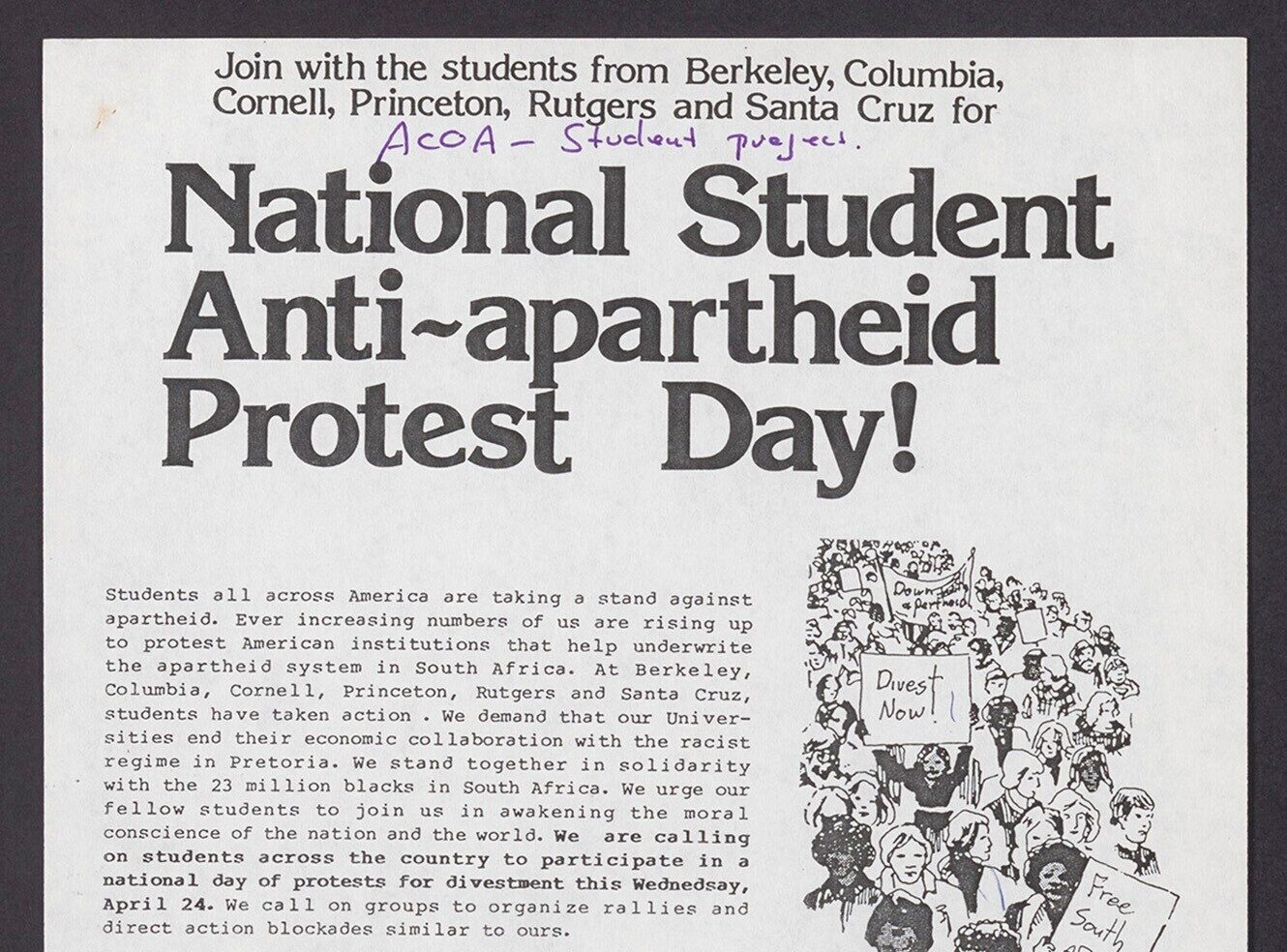Atlanta and the American Historical Association
Last month I travelled out to Atlanta, Georgia to attend the four-day 130th American Historical Association (AHA) conference. This was a chance to get some real insight into the hot topics currently being discussed within the field of migration studies and was attended not just by movers and shakers from American Universities, but by academics from the UK, South Africa, Japan, Germany and many other countries across the globe. With such a prestigious gathering of minds this was, as you might imagine, an engaging conference and I was spoilt for choice, with over 200 papers to choose from across the four days.
Straddling three massive hotels connected together with futuristic ‘skybridges’, the AHA offered up gems of discussion on many diverse topics. I attended 12 panels over the four days and nearly 50 papers on subjects as wide-ranging as Chinese mass migration, Mexican and Puerto Rican overland migration, migrating troops during the American Civil war (something I had never even thought about before), the great African American migration, voluntary female migration from Ireland to South Africa and numerous other tales on the interactions between indigenous peoples and empire settlers.
Several papers stood out as particularly engaging and relevant to the content available in our Migration to New Worlds resource (recently released in collaboration with JISC) and in American History 1493-1945. One of the most fascinating of these occurred early on Sunday morning – 8.30am to be precise! The paper discussed the notion that as indentured Indian labourers were recruited by the UK government for plantations in the Caribbean towards the end of the nineteenth century they brought with them marijuana, or ganja; a drug which could be used as both as sedative and a stimulant. Use of ganja amongst the working population was a great source of strife as it was widely known to cause lunacy and high crime rates and caused no end of problems for protectors of immigrants on the islands – particularly Trinidad.
Whilst assessing CO 384 from the National Archives UK, both myself and the migration team came across many mentions of so-called ‘lunatic coolies’ and accounts of murders usually fuelled by jealousy. This paper argued that these crimes of passion, which happened across the Caribbean, were not only the product of a serious imbalance between the numbers of male and female labourers in the Caribbean, but of the prolonged (and possibly excessive!) use of marijuana. This was a hypothesis I could absolutely see and could be further researched in Migration to New Worlds.
Image from the document Emigration (and Coolie Immigration), 1884. Volume 2. British Guiana and Trinidad Despatches from the resource Migration to New Worlds I. © The National Archives London, UK. Further reproduction prohibited without permission.
To see the document in the collection click the image.
For more information on American History, 1493-1945 and Migration to New Worlds Module 1 including trial access and price enquiries, please email us at info@amdigital.co.uk.
Recent posts

The blog highlights American Committee on Africa, module II's rich documentation of anti-apartheid activism, focusing on the National Peace Accord, global solidarity, and student-led divestment campaigns. It explores the pivotal role of universities, protests, and public education in pressuring institutions to divest from apartheid, shaping global attitudes toward social justice and reform.

This blog examines how primary sources can be used to trace the impact of young voices on society, particularly during pivotal voting reforms in the UK and the US. Explore materials that reveal insights into youth activism, intergenerational gaps, and societal perceptions, highlighting their interdisciplinary value for studying youth culture, activism, and girlhood across history.

